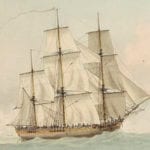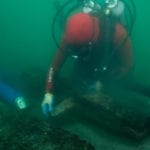 Mysteries
Mysteries  Mysteries
Mysteries  History
History 10 Surprising Stories About the Texas Rangers
 Humans
Humans 10 Philosophers Who Were Driven Mad by Their Own Theories
 Miscellaneous
Miscellaneous 10 Video-Game-Worthy Weapons and Armors from History
 Weird Stuff
Weird Stuff 10 Psychics Who Accurately Predicted Wartime Events
 The Arts
The Arts 10 Pieces of Art Inspired by a Broken Heart
 Health
Health 10 Science Fiction-Sounding New Medical Treatments
 History
History 10 Surprising Facts About the Father of Submarine Warfare
 Space
Space Ten Astonishing New Insights into Alien Worlds
 Weird Stuff
Weird Stuff 10 Bizarre Summer Solstice Rituals Still Practiced Today
 Mysteries
Mysteries Top 10 Haunting Facts About the Ghost Ship MV Alta
 History
History 10 Surprising Stories About the Texas Rangers
 Humans
Humans 10 Philosophers Who Were Driven Mad by Their Own Theories
Who's Behind Listverse?

Jamie Frater
Head Editor
Jamie founded Listverse due to an insatiable desire to share fascinating, obscure, and bizarre facts. He has been a guest speaker on numerous national radio and television stations and is a five time published author.
More About Us Miscellaneous
Miscellaneous 10 Video-Game-Worthy Weapons and Armors from History
 Weird Stuff
Weird Stuff 10 Psychics Who Accurately Predicted Wartime Events
 The Arts
The Arts 10 Pieces of Art Inspired by a Broken Heart
 Health
Health 10 Science Fiction-Sounding New Medical Treatments
 History
History 10 Surprising Facts About the Father of Submarine Warfare
 Space
Space Ten Astonishing New Insights into Alien Worlds
 Weird Stuff
Weird Stuff 10 Bizarre Summer Solstice Rituals Still Practiced Today
10 Ships That Simply Vanished Without A Trace
Seafaring is still a dangerous job, with ships lost every year—but most of the time wreckage can be found, bodies recovered, and courses retraced. But some ships just up and disappear, never to be heard from again. Sometimes, a little bit or piece from the ship may be found, but often there’s nothing at all.
10The USS Wasp
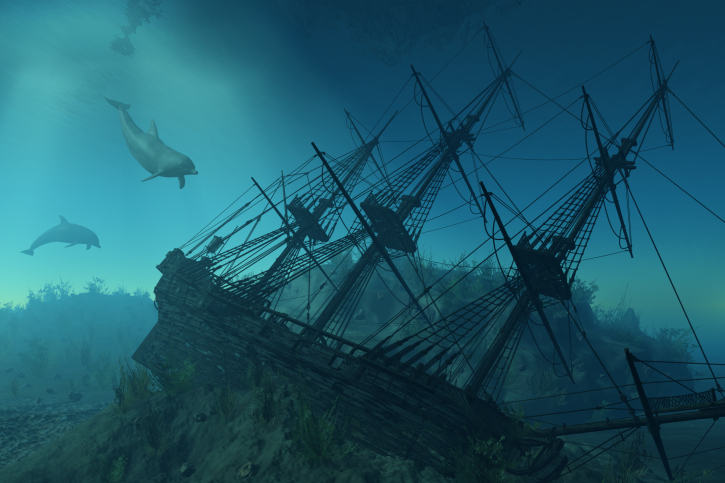
There have actually been several ships dubbed the USS Wasp, but perhaps the strangest is the Wasp that disappeared in 1814. Built in 1813 for the ongoing war with Britain, the Wasp was designated a “sloop-of-war”—a fast-moving ship with a square sail, 22 guns, and a crew of around 170. Apparently, she was considered quite beautiful.
Ably commanded by Navy veteran Johnston Blakely, the Wasp fought 13 successful engagements and was a valuable asset to the United States Navy. Then, on September 22, 1814, she captured the British merchant brig Atalanta. Usually, the Wasp’s crew would simply burn enemy ships, but the Atalanta was deemed much too valuable to destroy (it may have helped that the Atalanta was a prize won back for the US—she had previously been an American ship called the Siro). Instead, a crew was dispatched to bring her into a friendly harbor.
After the Atalanta departed, Blakely and his remaining crew on sailed on, with a Swedish merchantman reportedly spotting the Wasp heading for the warm waters of the Caribbean. After that, she simply disappeared, never to be seen again. In all probability, she sank in a storm—but with no trace of the ship or crew ever found, it’s likely that we’ll never be sure about the Wasp‘s true fate.
9The SS Marine Sulphur Queen
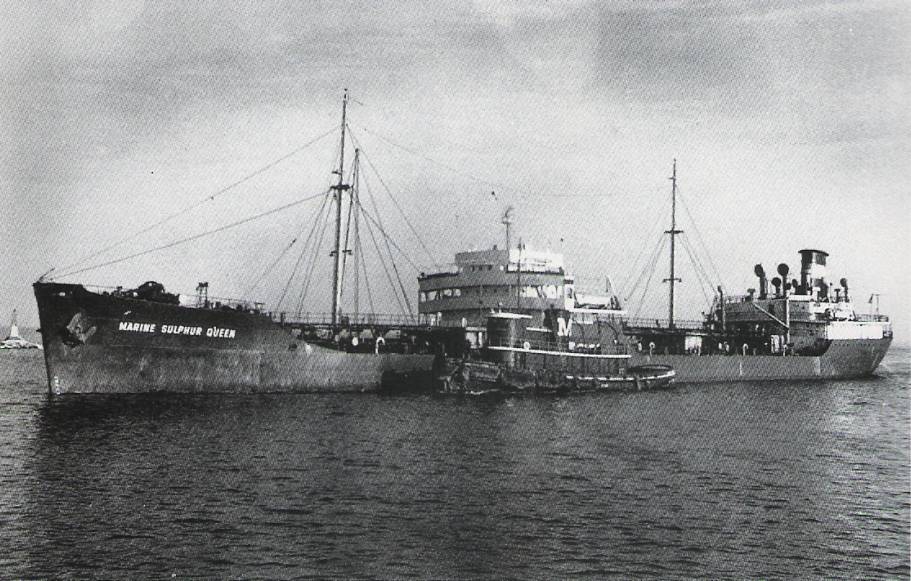
The ship known as the Marine Sulphur Queen was a 160-meter (524 ft) tanker, originally used to carry oil during World War II. Later, she was converted to carry molten sulfur, a task that required her storage tanks to be kept at an enormously high temperature. Sulfur leakage was alarmingly frequent and fires often broke out around the holding tanks—these were so common that the crew just started ignoring them. The ship itself was in a rather poor condition, but continued hauling sulfur until 1963.
In February, two days after setting out from Texas with a load of sulfur, the Marine Sulphur Queen sent out a routine radio message, which didn’t indicate any problems. After that, no one was able to communicate with her. The Marine Sulphur Queen was just gone.
Theories as to her fate abound, with many suggesting that she might actually have exploded. Others blamed the disappearance on the “magic” of the Bermuda Triangle, while cooler heads have speculated that the ship simply capsized and subsequently broke apart. The bodies of the 39 crew members were never recovered, although a preserver, a life vest, and a piece of board reading “arine Sulph” have been found.
8The USS Porpoise
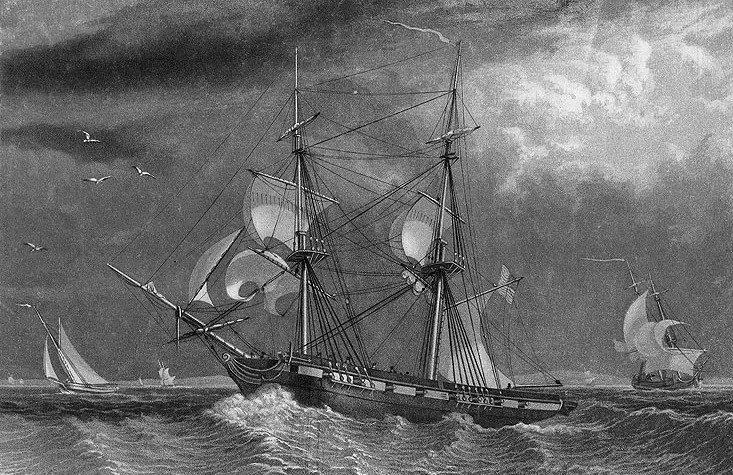
Built in the golden age of sail, the Porpoise was initially known as a “hermaphrodite brig,” since her two masts used two different types of sails. She was later refitted as a traditional brigantine, with square sails on both masts. Initially used as a pirate-hunter, she was sent on a long exploratory mission in 1838.
Under the command of Cadwallader Ringgold, the Porpoise helped to confirm the existence of Antarctica and circumnavigated the globe, but became the subject of an international incident after failing to come to the aid of a damaged French ship. In his defense, Ringgold claimed there had been a mutual misunderstanding, and the controversy soon blew over. In 1853, the Porpoise was sent on another major exploratory mission—with Cadwallader Ringgold at the helm again.
After surveying a number of South Pacific islands, the Porpoise resupplied in China, departing in September 1854. She was never heard from again. It’s likely that the crew encountered bad weather (perhaps a typhoon) and the ship was destroyed, but the evidence is far from conclusive.
7The FV Andrea Gail
A fishing trawler, the Andrea Gail was built in Florida in 1978 and was eventually bought by a company in Massachusetts. Holding a crew of six, she was in commission for 13 years before vanishing on a trip to Newfoundland. The Coast Guard launched a search, but could only find her emergency beacon and a few pieces of debris. After a week of searching, the Andrea Gail and her crew were declared lost.
It’s now believed that the Andrea Gail was doomed when a high-pressure system slammed into a low-pressure system, which then merged with the remains of Hurricane Grace. This rare combination of three separate weather systems would eventually become known as “the Perfect Storm.” An unnamed hurricane actually formed inside the storm, and it’s believed that the Andrea Gail would have faced waves of over 30 meters (100 ft). Her captain’s last radio transmission simply noted: “She’s comin’ on boys, and she’s comin’ on strong.”
The Andrea Gail‘s story was eventually made famous by Sebastian Junger’s book The Perfect Storm, which was later adapted into a movie of the same name.
6The SS Poet
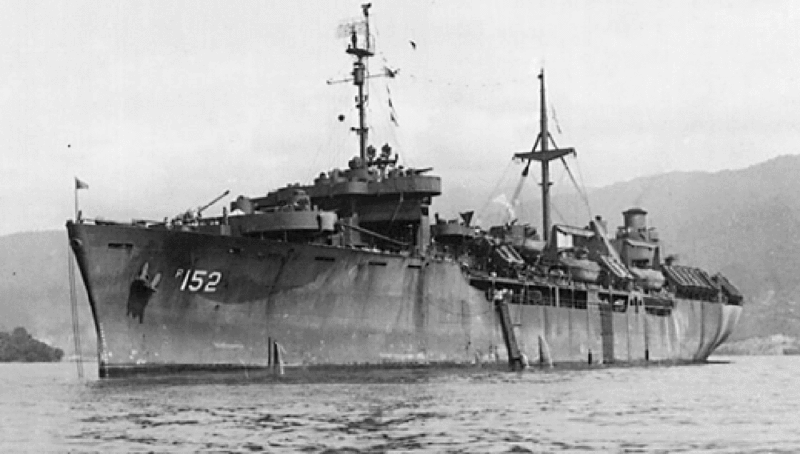
First, she was called the General Omar Bundy and hauled troops in World War II. Later, she hauled steel as the Port. In 1979, she was acquired by the Eugenia Corporation of Hawaii, who gave her the last name she would ever hold: the Poet.
There was nothing particularly mysterious about the Poet’s last job. In 1979, her hold was filled with 13,500 tons of corn, which she was scheduled to haul from Philadelphia to Port Said, Egypt—a rather routine and dull job, all things considered.
There was only one problem—the Poet never reached Port Said. In fact, her last communication came only six hours after leaving Philadelphia, when one of her officers spoke to his wife. After that, she failed to report for her 48-hour check-in, she failed to give any kind of distress signal—she failed to communicate ever again. To make matters worse, the Eugenia Corporation didn’t report her missing until six days after she last made contact. Even then, the Coast Guard didn’t bother searching for another five days. No trace of the Poet was ever found.
5The USS Conestoga
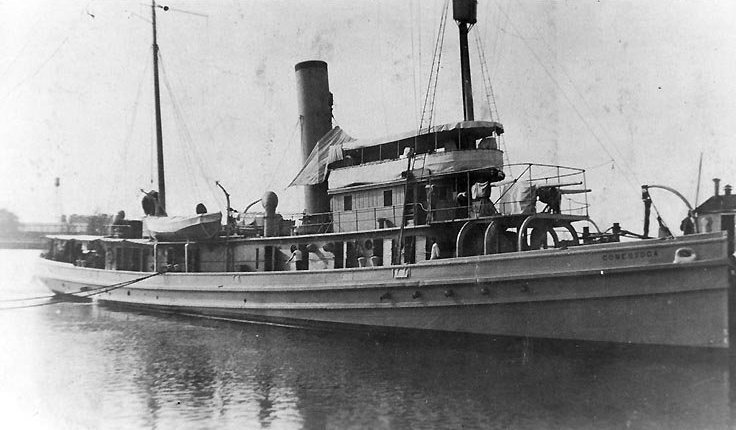
A versatile little ship, the USS Conestoga was commissioned as a minesweeper in 1917. After World War I ended, she was reclassified as a tugboat, towing ships in and out of Norfolk Harbor, Virginia.
In 1921, the Conestoga was heavily altered and reassigned to American Samoa, where she was to become a station ship—a fine aspiration for any little tugboat. Her crew was reportedly delighted.
Sadly, it was not to be. After her retrofitting at Norfolk, the Conestoga sailed to Mare Island, California, where she underwent minor repairs. She set off again on March 25, 1921—and promptly disappeared.
Two months later, the SS Senator discovered the remains of a lifeboat marked with a bronze letter “C.” There was speculation that it was from the Conestoga and a search of the nearby islands was launched, but nobody was ever found. Neither was any further wreckage—the Conestoga was completely gone. The sturdy little tugboat is presumed to rest somewhere beneath the vast Pacific Ocean.
4The Witchcraft
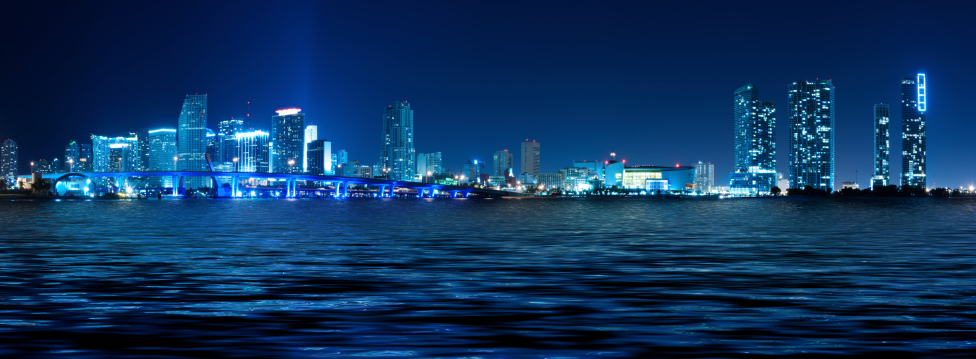
In December 1967, Miami hotel owner Dan Burack decided to view the city’s Christmas lights from his luxury cabin cruiser, the Witchcraft. Accompanied by Father Patrick Hogan, he sailed about a mile out to sea. The boat was in good working order when the two men left.
At about 9:00 PM, Burack radioed to request a tow back to the marina, reporting that his boat had struck an unknown object. Despite the incident, Burack didn’t sound worried at all—after all, he’d personally built Witchcraft with a special hull to keep her from sinking. He confirmed his location with the Coast Guard and assured them he would fire a flare when they arrived in the area.
It only took the Coast Guard about 20 minutes to reach Burack’s reported location, but by the time they arrived, the Witchcraft had vanished. Although initially unconcerned, the Coast Guard eventually searched more than 3,100 kilometers (1,200 mi) of ocean. But Dan Burack, Father Patrick Hogan, and the Witchcraft were never found.
3The USS Insurgent
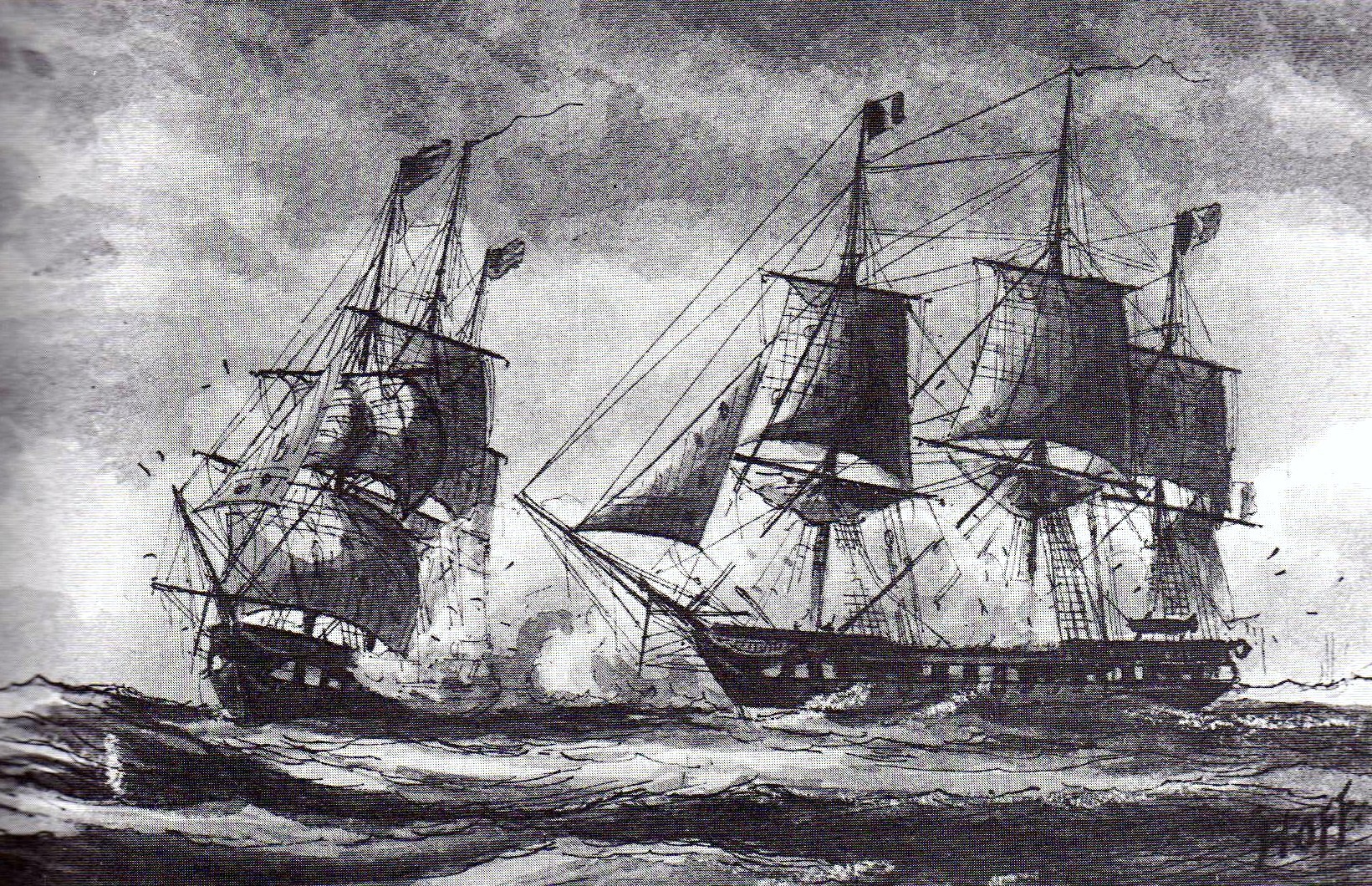
The frigate known as the USS Insurgent was originally a French ship. In 1799, she was on the losing end of a famous battle with the USS Constellation. In a confrontation that lasted over an hour, the Americans comprehensively outmaneuvered the crew of L’Insurgente, forcing her to surrender. Renamed the Insurgent, she was sent to serve in the Caribbean, where she won many victories under Captain Alexander Murray, capturing five more ships before returning to the United States in 1800.
Now captained by Patrick Fletcher, the Insurgent was next sent to protect American shipping routes in the Caribbean. On August 8, 1800, she sailed out of Virginia’s Hampton Roads, never to be seen again. It’s presumed that the entire crew were drowned in a storm, but it’s impossible to know for sure.
2The SS Awahou

Built in 1912, the 44-meter (146 ft) cargo steamship Awahou went through many owners before finally being purchased by the Carr Shipping & Trading Company of Australia. On September 8, 1952, she sailed from Sydney with a crew of 18, destined for the isolated Lord Howe Island. The ship was considered to be in good shape when she left Australia, and there was little danger of floundering or capsizing.
But within 48 hours, there was a fuzzy, crackly radio call from the ship. Although difficult to make out, the call sounded as though the ship was experiencing bad weather. That was the last time anyone heard from the Awahou. Although she should have been fairly close to Lord Howe Island, no wreckage or bodies were ever found. The Awahou carried enough lifeboats for the entire crew, but it is now assumed that there were no survivors.
It’s thought that the Awahou ran into severe winds or other bad weather, or possibly even hit a mine. But the truth is that no one really knows what happened. The Awahou simply vanished.
1The SS Baychimo
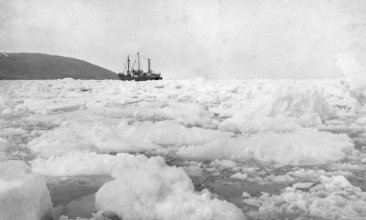
Some would call it a ghost ship, but the Baychimo was real—and she could still be out there.
Built in 1911, the Baychimo was an enormous steam-powered cargo ship owned by the Hudson’s Bay Company. Mainly used for transporting furs from northern Canada, the Baychimo’s first nine journeys were relatively uneventful. But on its final journey, in 1931, winter came early. Totally unprepared for the bitter weather, the ship eventually became completely trapped in the ice.
Most of the crew were rescued by plane, but the Baychimo‘s captain and a few crew members decided to stick it out, making camp in sight of the ship. One day, a fierce blizzard blew up, obscuring the ship. When the storm abated, the Baychimo had vanished. A hunter eventually spotted the steamer and alerted the remaining crew. After salvaging what they could, they set the ship adrift, fearing it wouldn’t last the winter in the thick pack ice.
As it turned out, the Baychimo was tougher than anyone gave her credit. Over the next few decades, she was repeatedly sighted all across the Arctic, often drifting aimlessly out to sea. The last sighting was in 1969, a full 37 years after she was abandoned.
In 2006, the Alaskan government finally launched a “ghost ship” project to track down the Baychimo. Despite their efforts, the ship has not been found. For all intents and purposes, the Baychimo has now disappeared without a trace.
Daphne works as a shuttle bus dispatcher and is going to technical college next year. She likes guinea pigs, computer games, jigsaw puzzles, and spouting trivia no one cares about.





